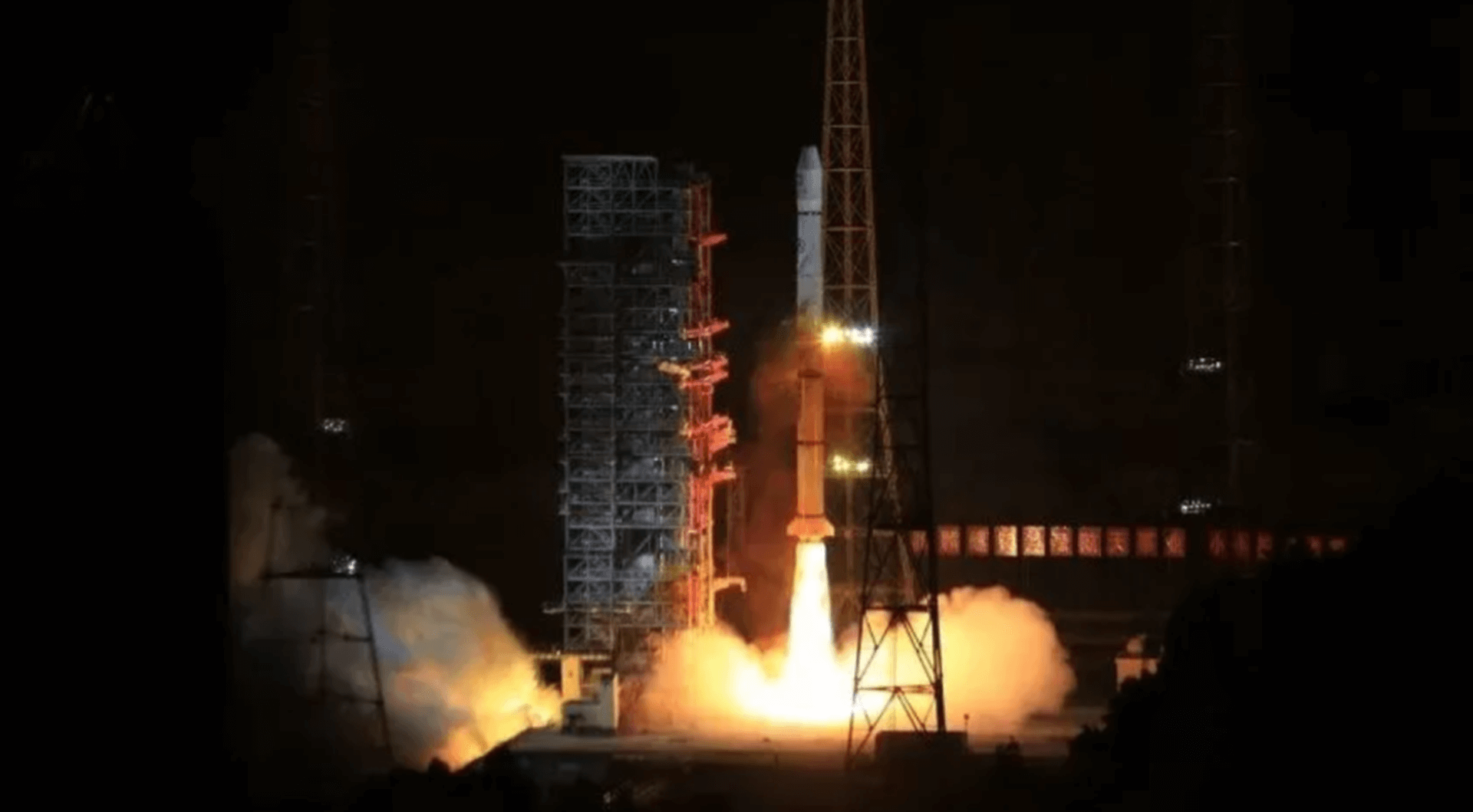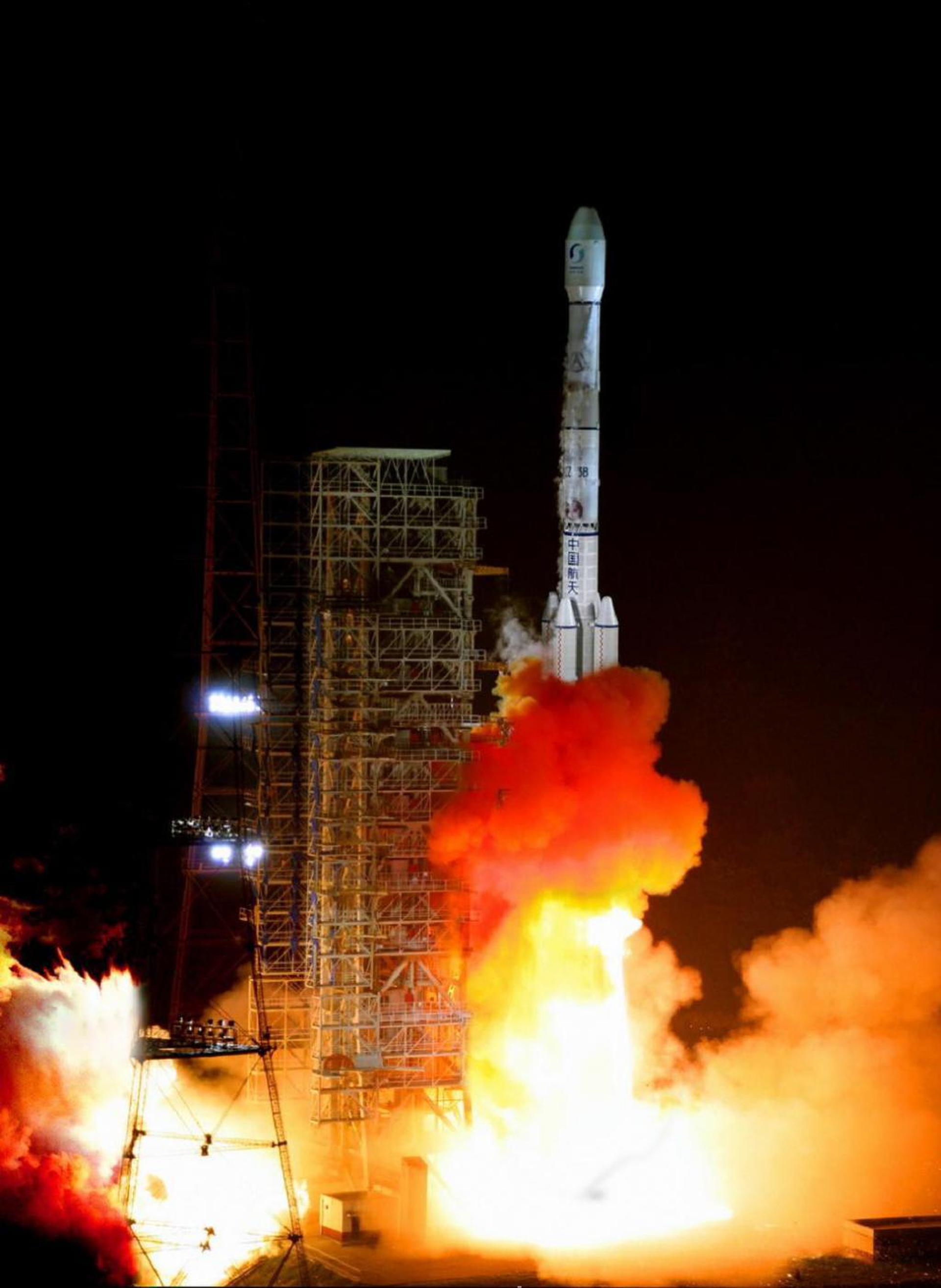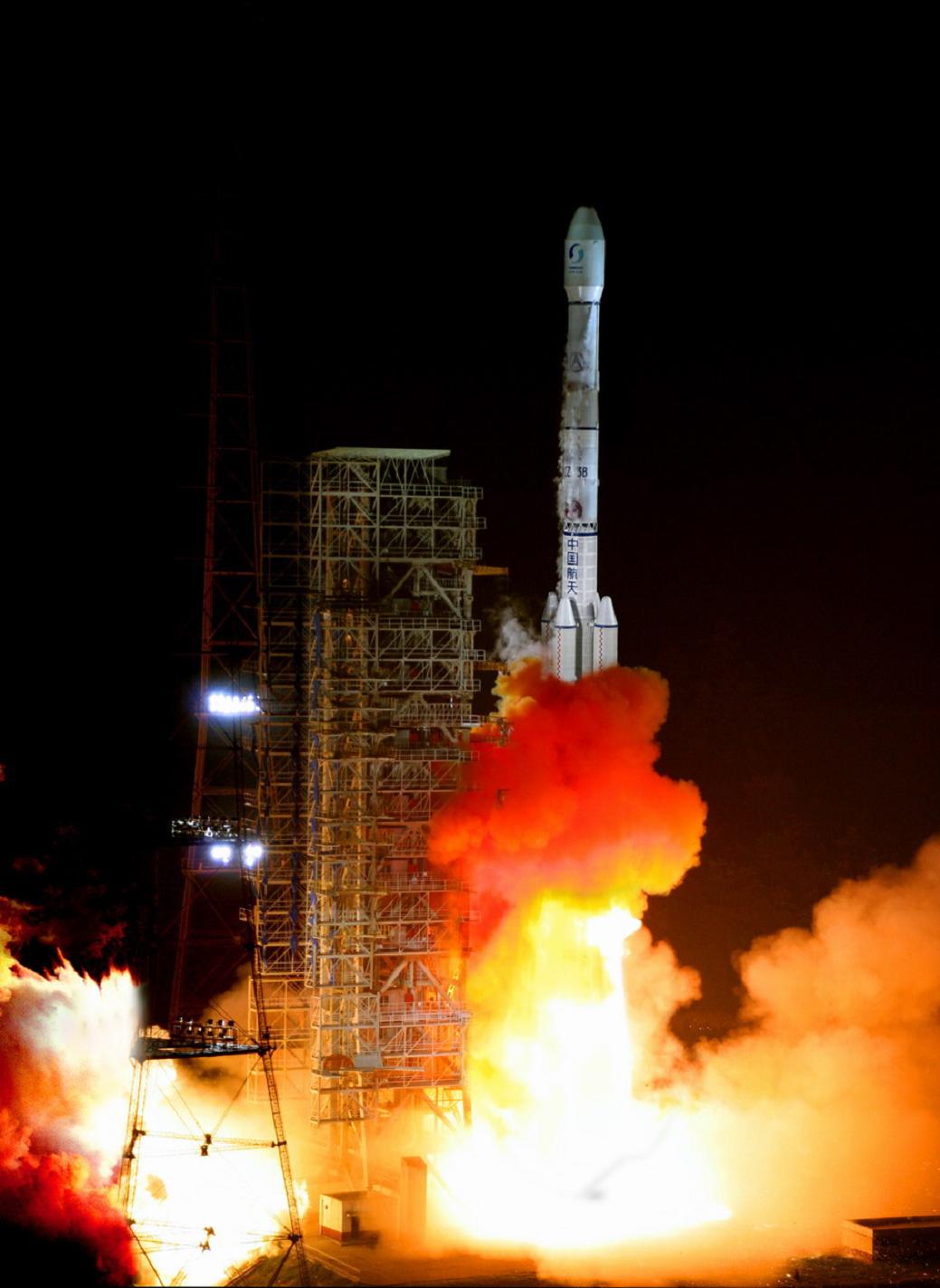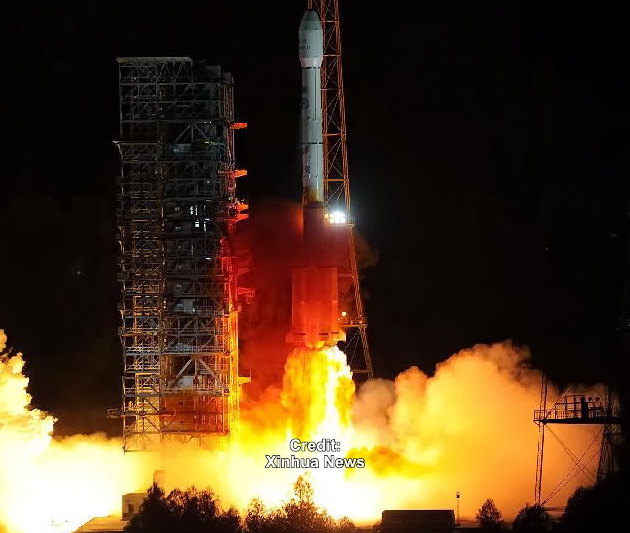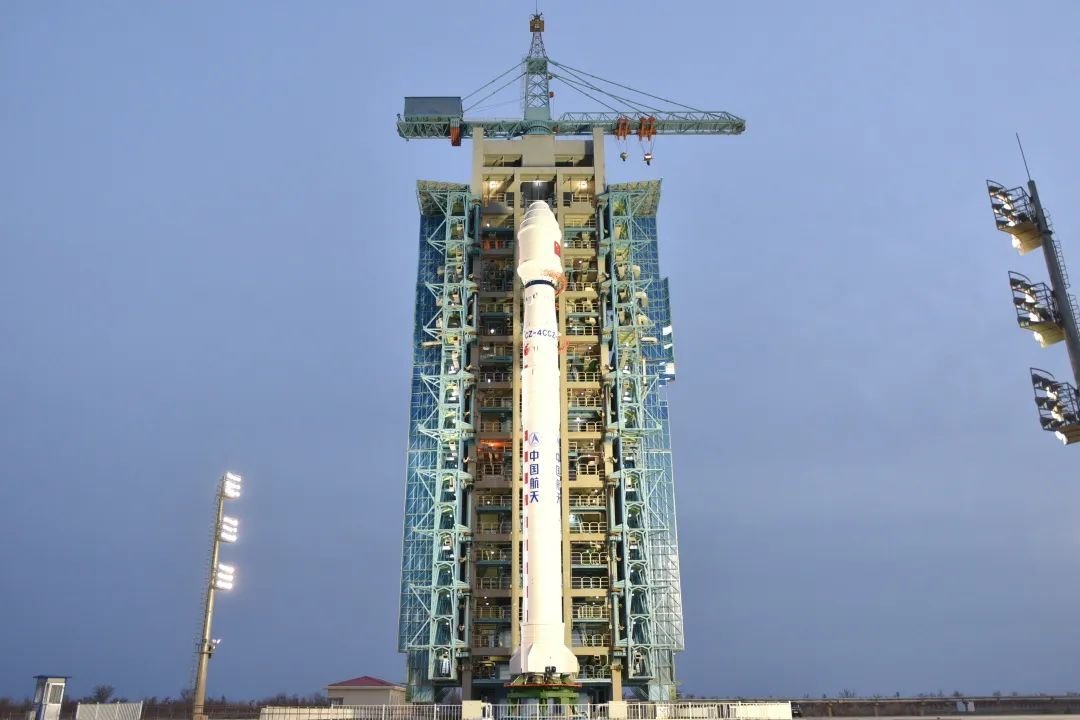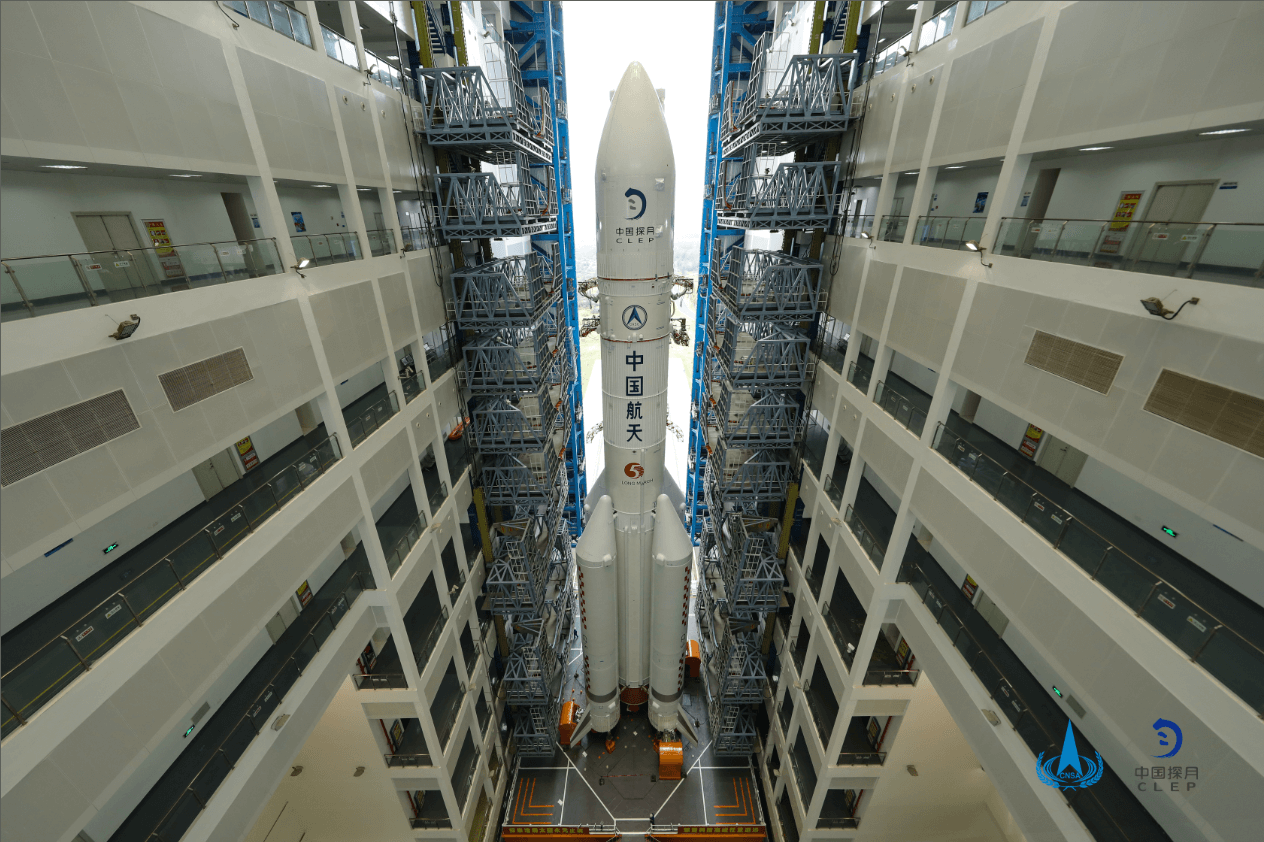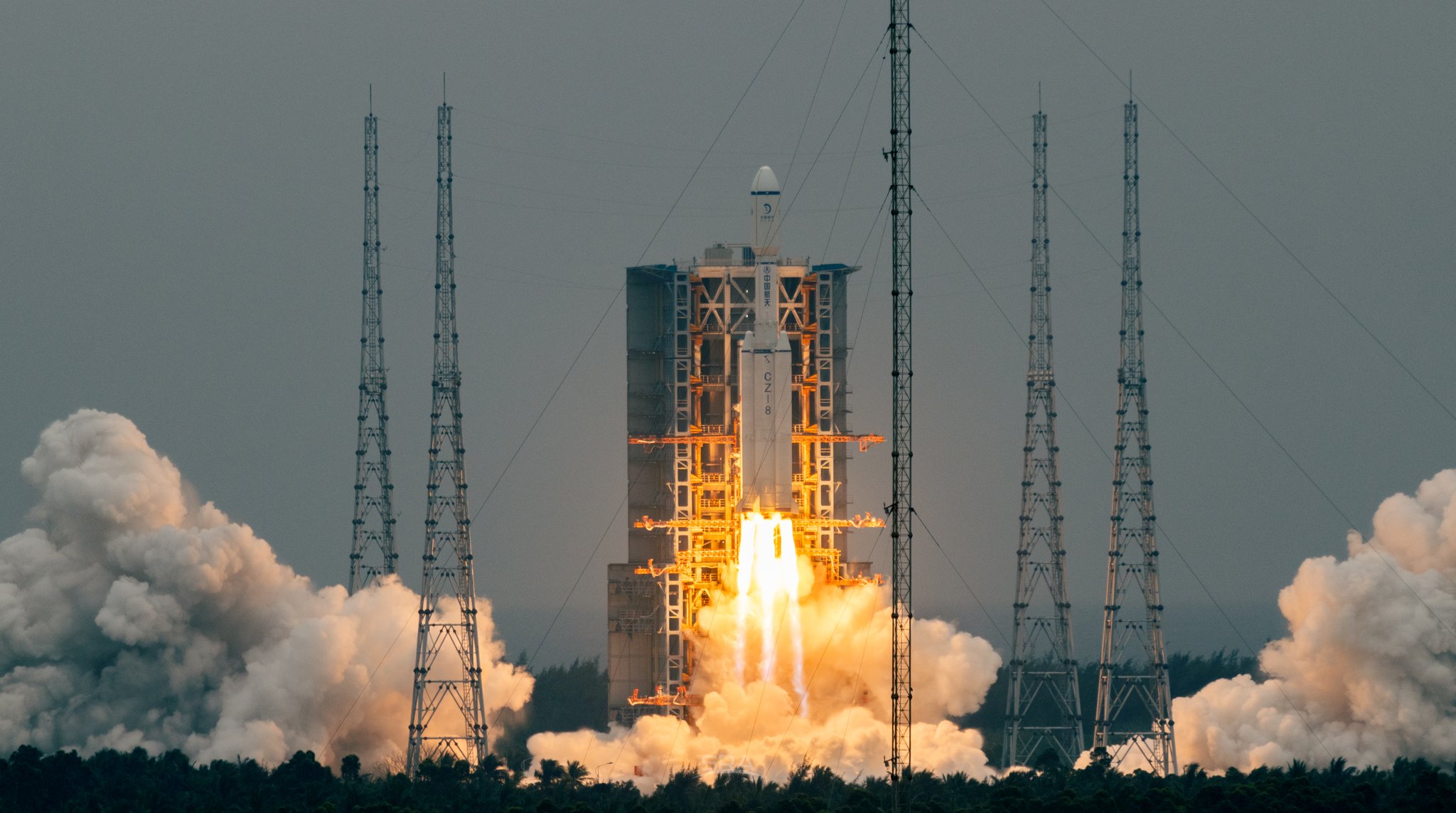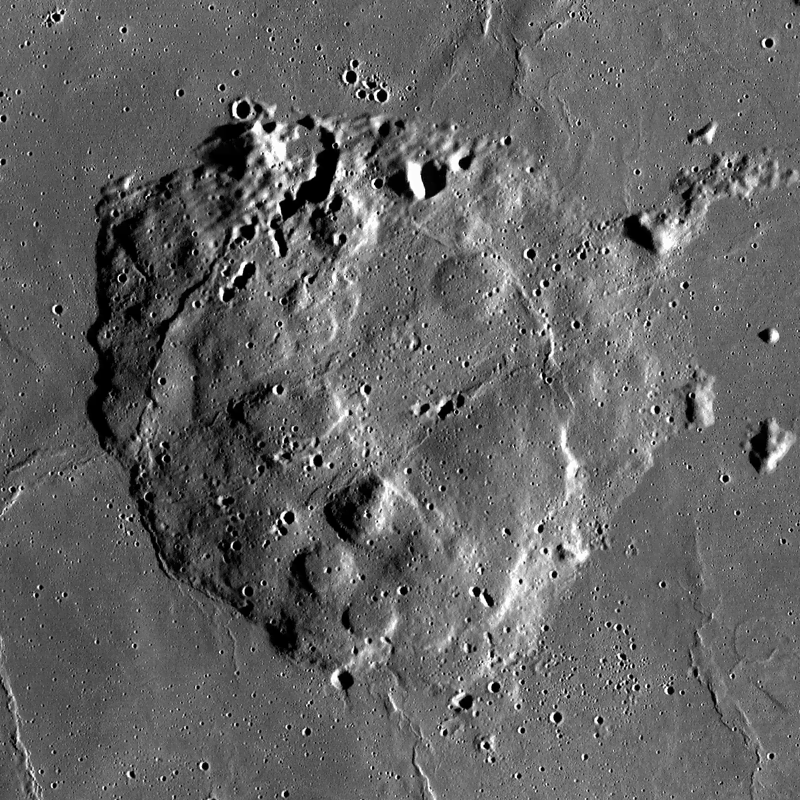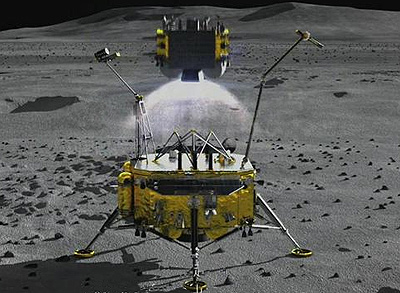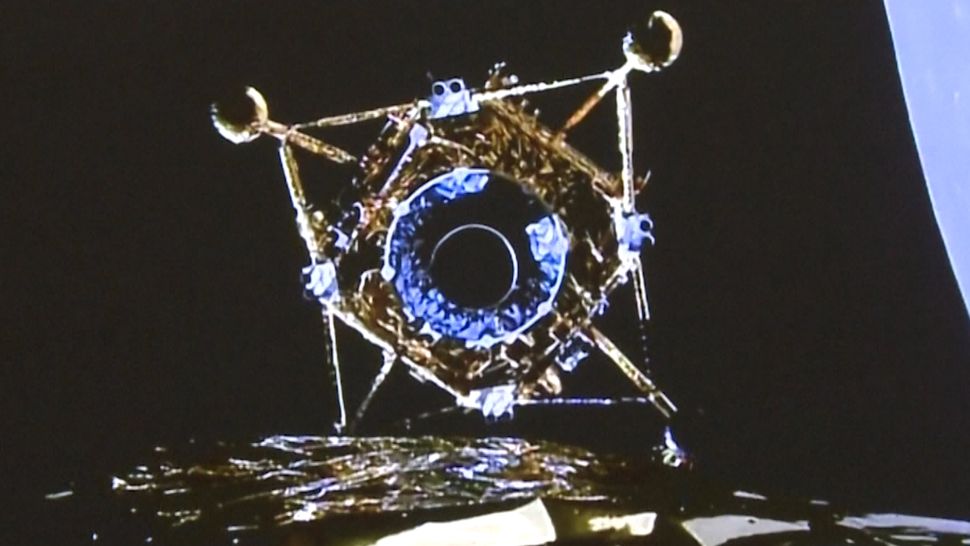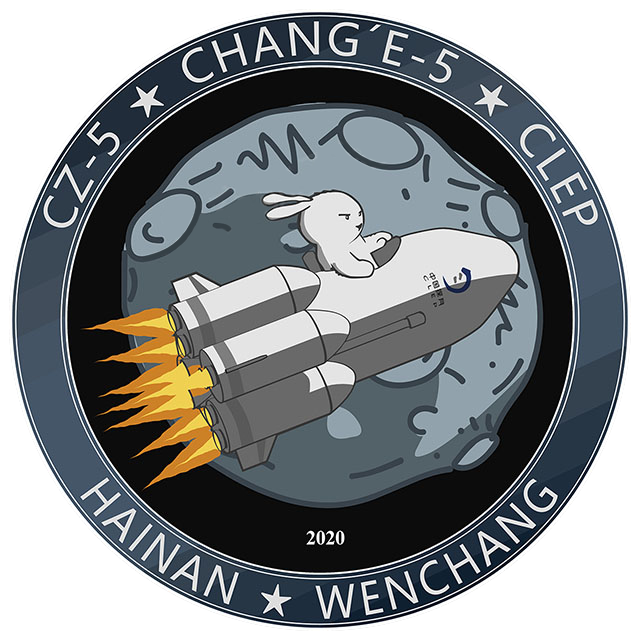Chinese Lunar Exploration Program
The Chinese Lunar Exploration Program also known as the Chang'e Project after the Chinese moon goddess Chang'e, is an ongoing series of robotic Moon missions by the China National Space Administration (CNSA). The program incorporates lunar orbiters, landers, rovers and sample return spacecraft, launched using Long March rockets.
Related Agencies
China National Space Administration
The China National Space Administration (CNSA) is the national space agency of the People's Republic of China. It is responsible for the national space program and for planning and development of space activities. CNSA and China Aerospace Corporation (CASC) assumed the authority over space development efforts previously held by the Ministry of Aerospace Industry. The CNSA has many launch sites around China with their orbital sites located in Jiuquan, Xichang, Taiyuan and Wenchang.
Related Launches
Long March 3A | Chang'e-1
China Aerospace Science and Technology Corporation
Xichang Satellite Launch Center, People's Republic of China
Date Loading...
Long March 3C | Chang'e 2
China Aerospace Science and Technology Corporation
Xichang Satellite Launch Center, People's Republic of China
Date Loading...
Long March 3B | Chang'e 3 & Yutu
China Aerospace Science and Technology Corporation
Xichang Satellite Launch Center, People's Republic of China
Date Loading...
Long March 3C/E | Chang'e 5-T1
China Aerospace Science and Technology Corporation
Xichang Satellite Launch Center, People's Republic of China
Date Loading...
Long March 4C | Queqiao (Chang'e 4 relay satellite)
China Aerospace Science and Technology Corporation
Xichang Satellite Launch Center, People's Republic of China
Date Loading...
Long March 3B/E | Chang'e 4 (lander and rover)
China Aerospace Science and Technology Corporation
Xichang Satellite Launch Center, People's Republic of China
Date Loading...
Long March 5 | Chang'e 5
China Aerospace Science and Technology Corporation
Wenchang Space Launch Site, People's Republic of China
Date Loading...
Long March 8 | Queqiao-2
China Aerospace Science and Technology Corporation
Wenchang Space Launch Site, People's Republic of China
Date Loading...
Related Events
Chang'e 5 Lunar Landing
T?
The Chinese Chang'e 5 spacecraft is scheduled to land in the Mons Rümker region of Oceanus Procellarum, located in the northwest region of the near side of the Moon. The lander will collect 2 kg of samples which will then be placed in an ascent vehicle and brought back to Earth. Landing time is approximate and not accurately known.
Chang'e 5 Ascent Stage Liftoff
T?
The Chang'e 5 ascent stage will launch from the surface of the Moon with lunar soil samples that will be returned to Earth.
Chang'e 5 Ascent Stage-Orbiter Docking
T?
The Chang'e 5 ascent stage, loaded with lunar samples, will autonomously dock with the orbiter around the moon.
Chang'e 5 Sample Returns to Earth
T?
The Chang'e 5 sample-return capsule will enter the Earth's atmosphere and land in Dorbod Banner, Inner Mongolia.
Chang'e 6 Lunar Landing
T?
The Chinese Chang'e 6 spacecraft is scheduled to land in the southern part of Apollo Basin, located in the far side of the Moon. The lander will collect 2 kg of samples which will then be placed in an ascent vehicle and brought back to Earth.
Chang'e 6 Sample Returns to Earth
T?
The Chang'e 6 sample-return capsule will enter the Earth's atmosphere and land in Dorbod Banner, Inner Mongolia.


